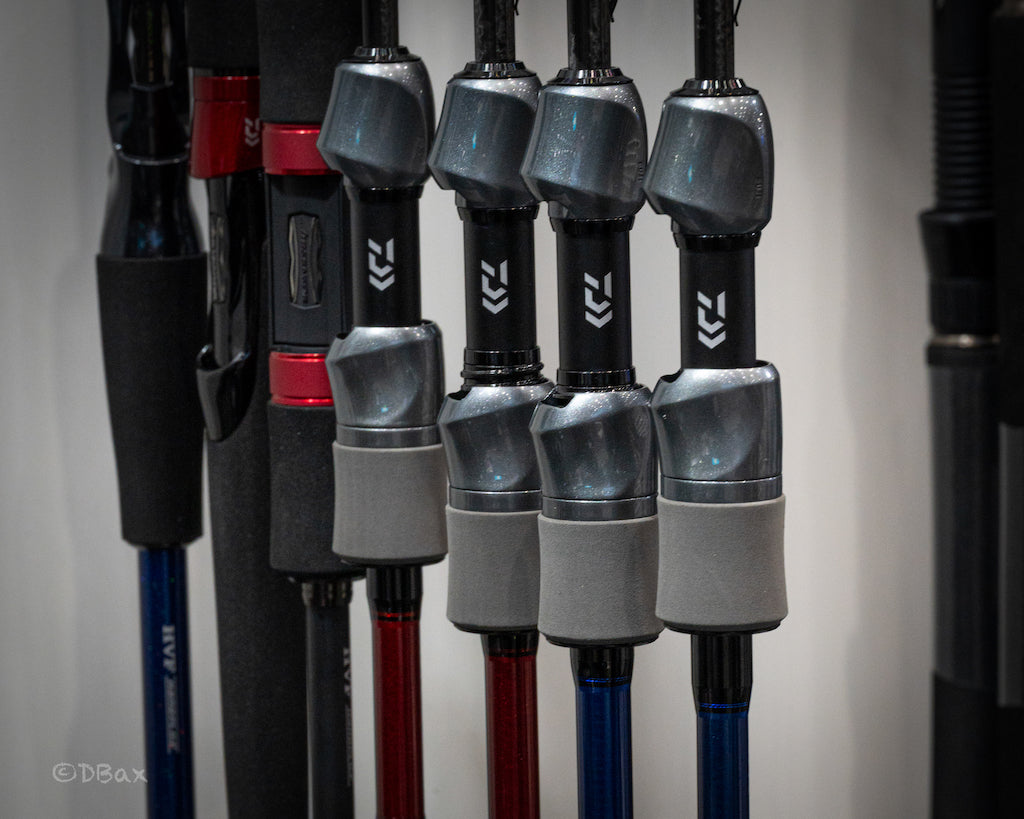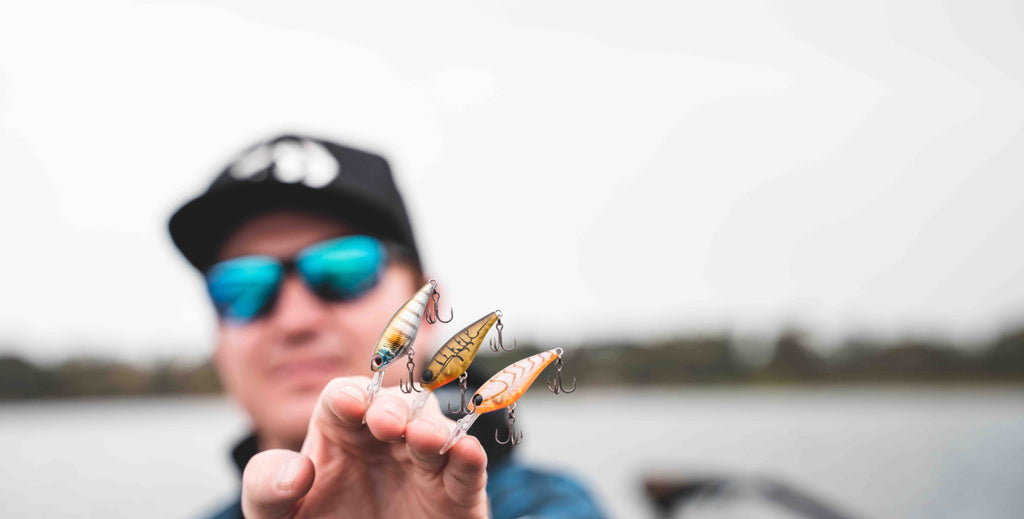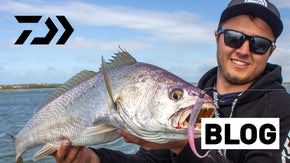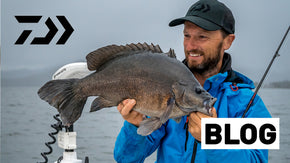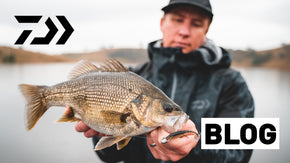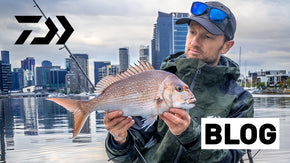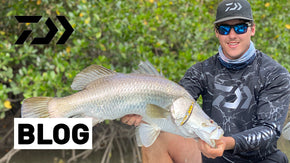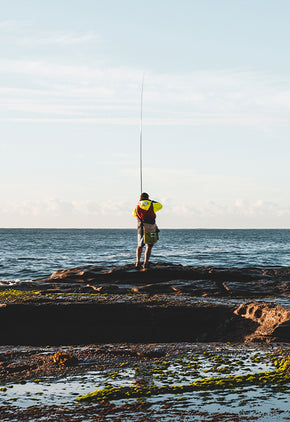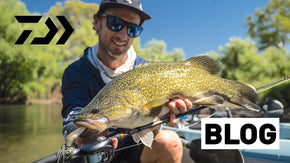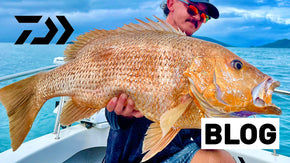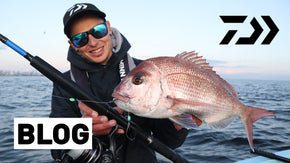Posted 05th April 2024
Catching Fish in the City

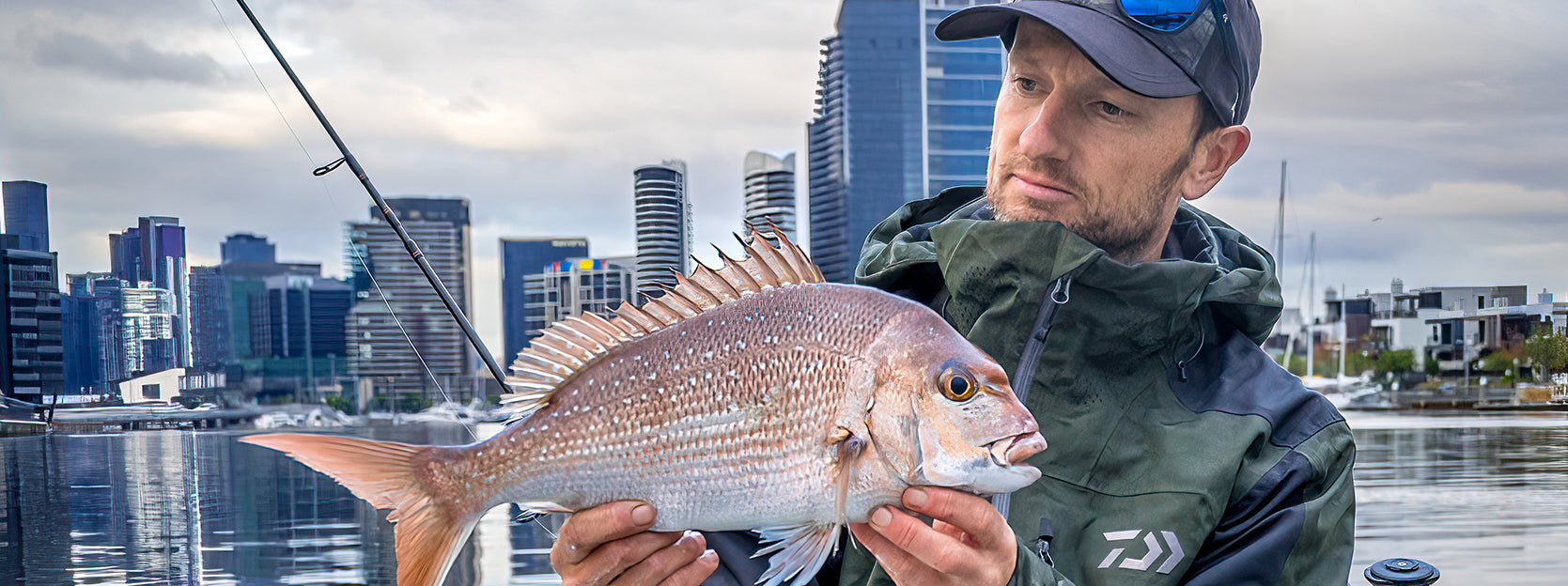
By Robert Thornton
Fishing for a lot of people involves getting away. Leaving the bustling cities and towns behind and stepping into an environment less affected by human development can offer so many rewards, with quality fishing being just one.
There’s no doubt that venturing beyond our major population centres is one way to access great fishing – some of the best, in fact! However, with approximately 85% of us living in cities and most of our time dominated by work, school or family commitments, these kinds of trips are often rare.
It’s no surprise then that a sub-culture of city-based anglers has formed over the last few decades, a community of anglers who put time into understanding the fisheries that exist right in the heart of the cities themselves.
These fisheries are not without their challenges though. Urban environments can present a high degree of difficulty for any budding city fisher, but this only makes it even more rewarding when everything comes together, at least in my opinion.
In this blog we’ll look at what cities can offer anglers, where to find fish in your city, suitable tackle for different species, plus a few little tips and tricks as well.

In the city
Cities are often overlooked as fishing destinations, dismissed on the basis that they are over fished, too polluted lack decent access. This isn’t always true though, and as we will see, the rewards are definitely there for those who put in the time in.
While the construction of cities has changed many aquatic environments considerably, the fish in them have been far more adaptable than you might think. The places fish can end up never ceases to amaze, and this is especially true in the cities.
I’ve seen bream living in concrete stormwater drains underneath main roads hundreds of metres if not kilometres from any natural saltwater body. I’ve seen threadfin salmon using the light pools cast over the water from bridges to ambush their prey, bass thriving in freshwater pools in the middle of a public park, and even a brown trout using a discarded shopping trolley as a current break!
The fish are there, and it seems over time these fish have become use to the urban landscape around them, sometimes even using it to their advantage. This scenario also puts anglers at an advantage, as city fish don’t require nearly as much travelling to get to and staying close to home makes it easier to incorporate fishing into our busy lives.
It doesn’t have to be concession either; some fantastic fishing can be enjoyed right in the middle of our busiest cities. It might take some time to find and figure out, but once you’ve got it dialled in there isn’t anything much better for an angler than having quality fishing only minutes from the front door.
Where to look
Where you start depends on the city and what you wish to target. With that said, most of Australia’s major cities are on or near the coastline, meaning there are usually both salt and freshwater options. On top of that, publicly-owned parks, walkways and pontoons can provide easy access to the water, plus boat ramps are also usually in higher abundance closer to cities. Finding a place to fish shouldn’t be too hard, but we’ll look at a few generic scenarios to get you started.

Saltwater
Urban saltwater environments are often littered with places where you can safely walk right to the water’s edge, with the city’s infrastructure itself often providing habitat and cover for the fish.
Cities such as Newcastle, Sydney, Tweed, Perth and Adelaide have spectacular beaches on their doorstep, all of which hold a variety of saltwater foragers and predators. Bream, whiting and flathead (of varying species) can be caught along most city beaches, while mulloway, tailor, Australian salmon and trevally can get the blood pumping for the more serious angler.
A light graphite spin rod around 7ft with a 1-3 or 2-4kg rating paired with a 1000-2500 size spin reel is enough to get you into the action. Soft plastics such like the Bait Junkie 2.5inch Minnow and Grub are ideal for searching unfamiliar beach gutters, especially the shallower gutters near the shore.
If chasing more serious adversaries a shorecasting outfit is more suitable. The Seabass rod range is ideal for surf and rock fishers, with several models that are all made from long graphite blanks and high-quality ‘O’ ring guides to prevent tangles. These rods will easily punch out long casts and give you the extra reach you need to keep your line clear of breaking waves and jagged rock ledges. Heavy lures designed for long casting like the OT Jig and Sawarash are useful presentations when searching the sea for pelagics and are a must if luring off the beach, breakwall or stones.
Estuaries are another common feature of cities, and where most fish are likely to be found in any coastal Australian city. Northern cities like Cairns, Townsville, Darwin, and even ‘mid-latitude’ cities like Brisbane and the Gold Coast can offer easy access to tropical estuary favourites like barra, threadfin salmon, grunter and mangrove jacks. Down south in Melbourne, Adelaide and Perth mulloway are the true prize of the estuary.
An outfit around the 3-6 or 4-8kg mark will give you enough grunt for hard-pulling estuary battlers, with baitcast and spin tackle each providing pros and cons. Whichever you choose, make sure to run at least 20lb braid if lure fishing, and 20-60lb leader (depending on the area and species you’re targeting.) The TD Black range of rods has several suitable spin and baitcast models for these species.
A plethora of bread-and-butter fish also abound in these built-up areas, and once again bream, whiting and flathead are usually the main players. The same lightweight tackle for the beach gutters is perfect for exploring the urban estuaries, whether from the shore or in a boat. In additions to a selection of small soft plastics, it’s also a good idea to have a few diving hardbodies and topwater lures on hand as well. Infeet Rollin’ Cranks in DR (deep-running) and MR (mid-running) come in handy over shallow flats and along man-made rock walls for species like bream and flathead, while the Slippery Dog 65 will get whiting, trevally, Aussie salmon, tailor, small queenfish and many others (including bream) excited.

Freshwater
Virtually all cities have freshwater bodies and systems either nearby or running straight through them. Freshwater lakes, whether they’re man-made or not, almost always hold some sort of fish life. In the north you can expect species like tarpon, tilapia, barramundi, giant herring, milkfish and many others to be lurking in urban lakes, whereas further south carp and redfin tend to be the dominant fish in most places, with bass, yellowbelly, silver perch, Murray cod and trout available in areas that are stocked by local stocking groups.
A light spin outfit will allow you to have plenty of fun on the smaller creatures in these lakes, dams, billabongs and ponds, but you may find yourself in strife if a larger barra, giant herring or Murray cod jumps on!
Any sort of urban lakes are best tackled with two outfits, in my opinion. A 1-3kg spin set up with 4-8lb braided line is ideal for the little fish. Trout, tarpon, redfin, silver perch, bass and carp are all great sport on lighter gear, and any good city fisher should carry a range of small soft plastics, hardbodies and topwater lures. Optional extras include suspending jerkbaits like the Double Clutch 60, especially for trout, tarpon and bass, along with a Jig Spinner SS for bass, yellowbelly and smaller cod.
A second outfit in the 3-6 or 4-8kg range (again, spin or baitcast) is a good idea whether up north or down south. In cities such as Darwin, Townsville and Cairns where barramundi are the main drawcard in freshwater lakes, you’ll want to have a few larger lures to throw. The Steez Current Master in DR and EXDR, a weedless rigged Bait Junkie 4.2Inch Minnow and Kikker Curly Big are just a few highly effective barra lures, especially in swampy, weed-choked tropical lagoons and ponds.
Murray cod are quite often the dominant predator in urban lakes, dams and lagoons in cities like Melbourne, Adelaide and Canberra, with illegally introduced cod also present in Perth! The same heavier outfit mentioned above is perfect for general cod fishing, and with a few key lures you can quickly have yourself set up for a city cod session. A Steez Spinnerbait in 3/8 and 1/2oz sizes, Steez Soft Shell 90 and Steez Bullfrog covers most bases for this aggressive species.
Freshwater streams flowing through our cities are generally home to smaller fish on average – with a few exceptions. The really nice thing about a lot of urban and suburban streams, however, is that due to flooding and other factors houses aren’t typically built right on the water’s edge. What this means is parks with footpaths are a regular feature of stream fishing in the cities, which is a nice change from the paddock hopping and bush bashing required to access more remote streams.
Whether in the tropics chasing sooty grunter and jungle perch, or in more temperate regions searching for trout or bass, a 1-3kg spin rod will get you out of trouble most of the time. The TD Hyper 602LFS is a 1.5-3kg rod, and at only 6ft in length it’s perfect for flicking light lures into tiny pools from overgrown banks. Small hardbodies, soft plastics and topwater lures will work equally well up north or down south, with braid-to-leader or straight-through fluorocarbon set-ups both providing their own situation-specific advantages.

Handy hints in the city
If you’re really stuck on where to start the best thing to do is go looking. Even if you’re just out and about and not necessarily fishing, you can always take a quick glance at any water you pass. I’m always on the lookout for signs of life as I go about my week in Brisbane, and often I’ll take note of areas I might want to revisit with my rod when time allows.
Be smart with your time. City fishing is all about having a quick session when the opportunity pops up, whether that’s before school, after work, or just a spare hour or two that presents itself in your busy schedule.
Another thing to keep in mind is public transport, especially if you don’t have a car. Urban anglers in Asian and European cities rely heavily on public transport to get to and from their fishing spots, so don’t discount this as an option. I’ve even used public transport to its full advantage on occasion, riding Brisbane River’s ferry network between spots, and fishing the areas adjacent to the docks themselves.
One final tip is to be mindful of other people. City fishing can take you right into the heart of a city, so take extra care to avoid getting in the way of commuters and other people simply doing their job or enjoying some downtime in the city.
The concrete jungle
Catching quality fish in the city is a special kind of satisfaction that really makes you appreciate just how adaptable and resilient many fish species are.
It’s easy to think that good fishing is always where the people are few, but this just isn’t the case. Our major cities can offer some truly spectacular fishing, and I mean that genuinely. These days around 80% of my fishing happens within a 10-minte drive of Brisbane’s CBD, and I’ve seen some very impressive captures come from the concrete jungle over the years!
If you’re living in or near the city and you’re looking to find some new water, why not start with what’s right under your nose!


 Contact Us
Contact Us Blog
Blog About
About
